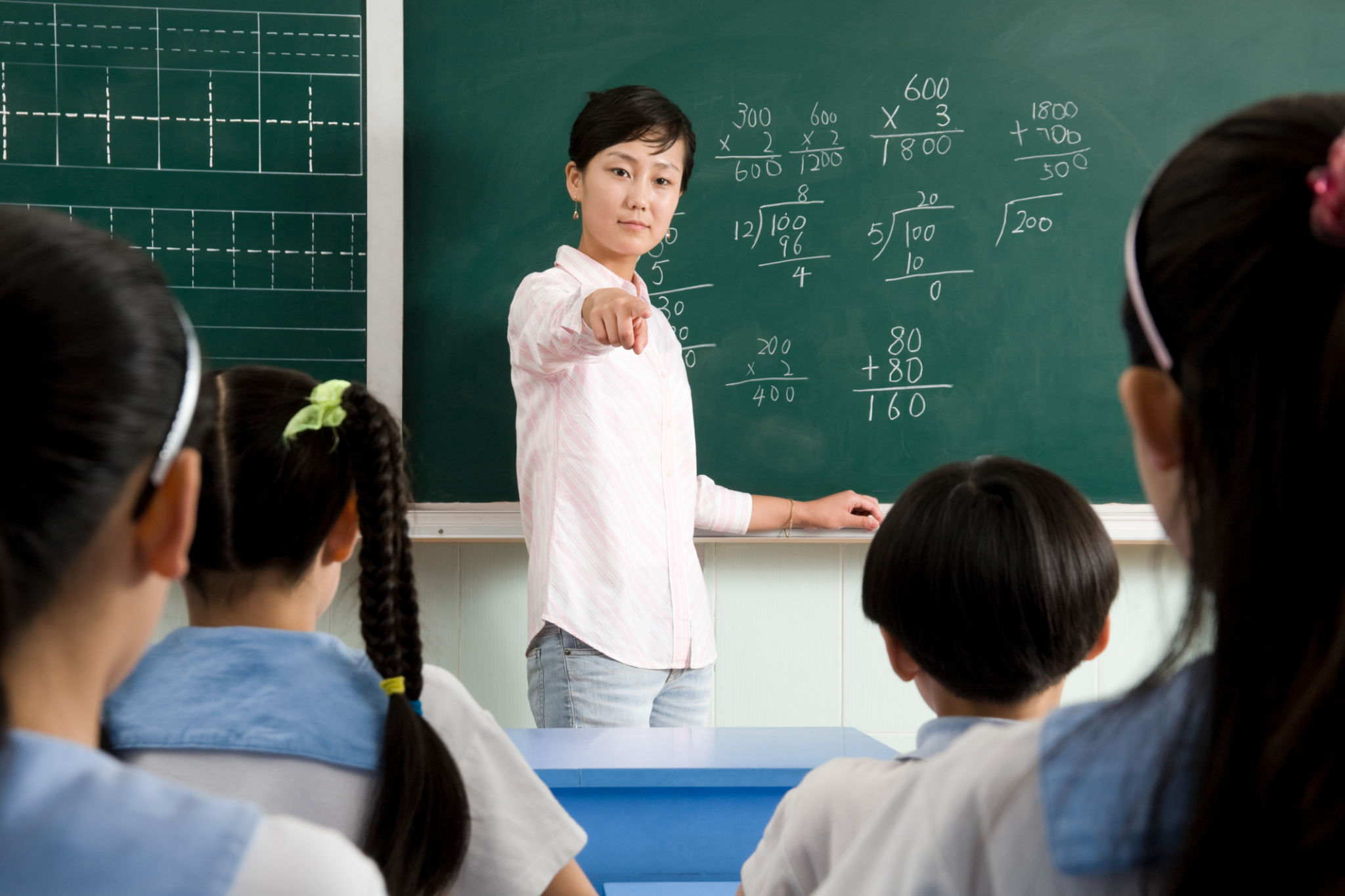Case Study: Successful Educational Puzzles for Back-to-School Programs
Introduction to Educational Puzzles
As the back-to-school season approaches, educators and parents are constantly on the lookout for engaging tools that can enhance learning experiences. One of the most successful tools in recent years has been educational puzzles. These puzzles are not only fun but also foster critical thinking, problem-solving skills, and creativity among students of all ages.
In this case study, we will explore how educational puzzles have been effectively integrated into back-to-school programs, examining their impact on student engagement and learning outcomes.

The Role of Puzzles in Cognitive Development
Educational puzzles play a significant role in cognitive development. They challenge students to think critically and strategically, reinforcing skills needed for math, science, and language arts. According to educators, incorporating these puzzles into the curriculum helps students develop persistence and resilience as they work through challenging tasks.
Furthermore, puzzles can be tailored to different age groups and learning levels. For younger children, simple jigsaw puzzles can help with shape recognition and hand-eye coordination. For older students, complex logic puzzles can stimulate deeper analytical skills.

Case Study: Implementing Puzzles in Classrooms
In one successful case study, a middle school in the Midwest implemented a series of educational puzzles as part of their back-to-school program. The goal was to enhance student engagement and improve problem-solving abilities. Teachers reported a noticeable increase in classroom participation and enthusiasm.
The school introduced a variety of puzzles, including crosswords, Sudoku, and 3D puzzle models. Each class spent a dedicated time each week focusing on these activities, allowing students to work individually or in groups to solve problems. This collaborative environment helped build teamwork skills while promoting independent thinking.

Measuring Success and Outcomes
To evaluate the effectiveness of the program, the school conducted surveys and assessments before and after the implementation of the educational puzzles. The results were promising:
- Improved Test Scores: Students showed a marked improvement in math and reading scores.
- Increased Engagement: Teachers noted higher levels of participation during class discussions and activities.
- Enhanced Critical Thinking: Students demonstrated improved problem-solving skills in various subject areas.
Feedback from Educators and Students
The feedback from both educators and students was overwhelmingly positive. Teachers appreciated how puzzles could be easily integrated into existing lesson plans without requiring extensive preparation. Students enjoyed the challenges and found the activities to be a fun break from traditional learning methods.
Moreover, parents reported that their children were more enthusiastic about attending school and often shared their puzzle-solving experiences at home.

Conclusion
The success of educational puzzles in back-to-school programs highlights the importance of innovative teaching tools in modern education. By providing an engaging and stimulating learning environment, these puzzles help students develop essential skills that are crucial for academic success.
As educators continue to seek out effective strategies to enhance learning experiences, educational puzzles offer a versatile and enjoyable solution that benefits both students and teachers alike. They are not just a tool for learning but an opportunity to inspire a lifelong love for problem-solving and critical thinking.
